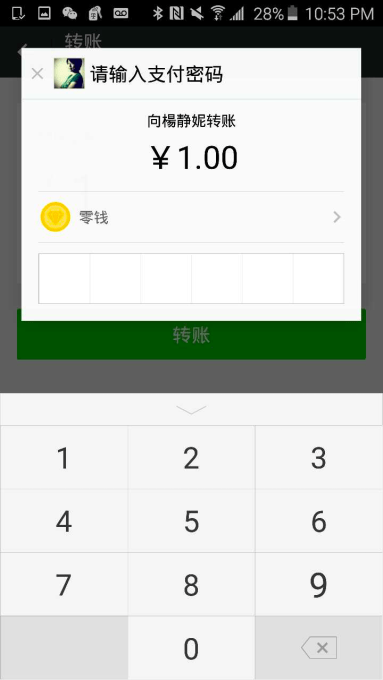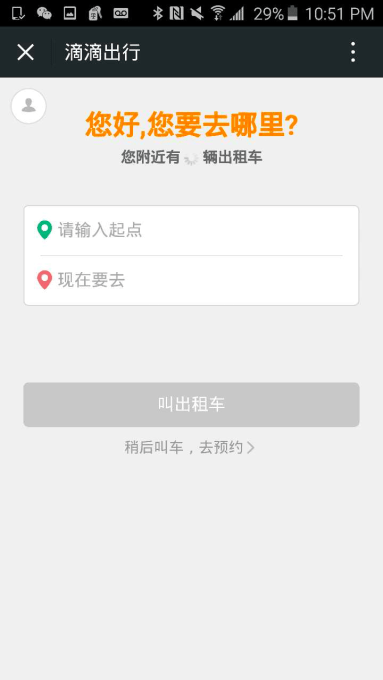In February 2011, I visited my friend Bill Huang who worked for Tencent in Shenzhen. Bill was telling me about their new messaging app, called WeChat, that had just launched. At the time, I had been using WhatsApp for more than a year. I asked Bill why they would build a copycat. His reply? He simply insisted that I download the app and take it for a spin.
That night, I went home to Hong Kong and installed it on my mom’s iPad. To my surprise, she got it right away — she still couldn’t figure out how to turn off her iPad, but she could send me a smiley face. I knew WeChat was onto something big.
Since then, WeChat has grown dramatically. The app has not only changed how my mother communicates, but has ingrained itself into the lives of the 570 million people who logged in on a daily basis in September 2015. To showcase WeChat’s ubiquity: Penetration rates in all tier-one Chinese cities (10+ million population) are above 90 percent of the population.
WeChat has a depth of engagement that most other apps cannot match because of the breadth of social features it offers — from Moments, for sharing news and links, high-quality video and audio chat (users generate 540 years of video/voice every day), to stickers and gaming (15 percent of users play 10 minutes of games per day). These features don’t simply promote transactional messages, but rather forms of self-expression.
This engagement allows WeChat to experiment and become a platform for all sorts of new messaging or payment-based features. Many people outside of China fail to realize the breadth of use cases and verticals that WeChat now spans, from e-commerce, to transportation, to financial services.
WeChat’s amazing social (and now payments, too) experience has morphed it into a global platform, with people using it to find jobs in South Africa, to raise money for their nonprofit in California, to sell real estate in Manhattan and to find a date in South Asia.
To show the many touch points WeChat now owns across a user’s daily life, here are some of the successful-but-under-the-radar use cases that go beyond in-app games and social posts.
WeChat Lucky Money (Think PayPal)
WeChat launched its money payments service in 2013, smartly modeling it off the thousand-year-old Chinese tradition of gifting money in red envelopes. Between 2014 and 2015, WeChat users sent more than 1 billion “red envelopes” to one another on the app — 50 times more than the year before. 50 million users are now sending red envelopes every day, and that number will likely double again by early next year. The trump card for WeChat payments is that you don’t need to add a contact to pay them — you use a simple QR code.

WeChat for Taxis (Think Uber)
Users can book taxis directly in WeChat through rideshare services like Didi Kuaidi in China or EasyTaxi in Singapore. Users can see the driver’s details and location, as well as communicate with the driver within WeChat. At the end of the trip, users can easily pay for the ride through a WeChat payment.

WeChat for Bills and Payment (Think Apple Pay)
Chinese residents can now use WeChat for a multitude of bill and payment options that go beyond what we see in the West — or any “messaging” app, for that matter. In some cities, people can now pay for their water, electricity, gas, broadband, mobile, tax and credit card bills through a service account on WeChat.
As of August 2014, there are more than 5 million public and service accounts on WeChat. Users also can go into a store, scan a product’s barcode within WeChat and get a list of the Chinese e-commerce sites that stock the product in question. With just a few clicks, you could be saving money by buying the item online. Users also can buy train and movie tickets through WeChat, or top off their phone credits instead of going to the market to buy a card.

WeChat for Merchants and Brands (Think Shopify)
Users and brands can easily set up their own shops and start selling on WeChat using Weidian (English name: YouShop). Weidian’s mobile commerce platform is based on WeChat’s social relationships and opens up peer-to-peer selling on a massive scale, as well as a portal for bigger brands.
JD.com was one of the first retail giants to set up a shopping channel on WeChat, and now nearly 70 percent of JD.com users look for recommended products through WeChat. Brands will leverage public accounts and pages to recommend products through WeChat and inform them about promotional activities. This is how Tencent is competing with Alibaba.
WeChat for Customer Service (Think Twitter)
Brands are also using WeChat a lot like how Twitter is used in the West: to engage customers in conversation before, during and after a sale. Retail workers are communicating with customers through their WeChat accounts as one of the best channels to establish a rapport and make sure the customer is satisfied.
WeChat for Productivity (Think Google Hangouts)
One feature that was just launched in the most recent WeChat update is multi-party video chat. WeChat’s codecs and China’s networks are now good enough to host impressive-quality mobile video; frankly, it’s a much better experience than Skype. Watch for video to continue to be a big source of growth for the messaging app.
WeChat for Banking (Think Ally Banking)
WeChat is involved in starting a private bank called WeBank, which Tencent invested in and is the biggest shareholder (30 percent). WeBank promises to introduce a camera-based facial recognition system for the approval of bank loans, and offer the option of linking your WeChat account to a standard bank card.

WeChat Fundraising (Think GoFundMe)
With so many daily active users, WeChat is also a firehose for nonprofit donations. The donation function supports organizations like UNICEF and San Francisco-based Watsi. Prior to partnering with WeChat/Tencent, Watsi had 14,000 total individual donors. In two months, WeChat added 34,000 Chinese donors to that tally, helping fund healthcare for people around the world. Most are micro-donations, at around $.25 on average, but those numbers add up quickly.
And then there are some really out-of-the-box uses cases…
WeChat for Small Jobs: Earlier this year, WeChat invested in M4JAM (Money For Jam), a South Africa-based mobile job service that connects to WeChat. M4JAM uses WeChat to push “small jobs” out to their community of users, who respond via their phone to apply/accept jobs.
WeChat for Real Estate: Last year a New York-based real estate agent received a message on WeChat from a Chinese buyer who wanted information about a residential building in Manhattan. The agent sent the Chinese buyer some pictures and some details about the neighborhood. The next day, after speaking on the phone, the agent closed the $13 million deal.
WeChat for Dating: WeChat’s “Look Around” feature allows users to scan and link up with users within a 3 kilometer radius. The feature is now being used in some countries to help people find dates.
All of this is to show that WeChat, like Facebook before it, is becoming a hub for much more than just socializing — and is quickly building a network of potentially massive businesses. Tencent is successfully unlocking a new mobile economy that touches users’ needs from the moment they wake up and check their social feed, to when they pay for their lunch, to when they go out on a date and buy a movie ticket in the evening.
This is the World of WeChat. And it’s just getting started.
